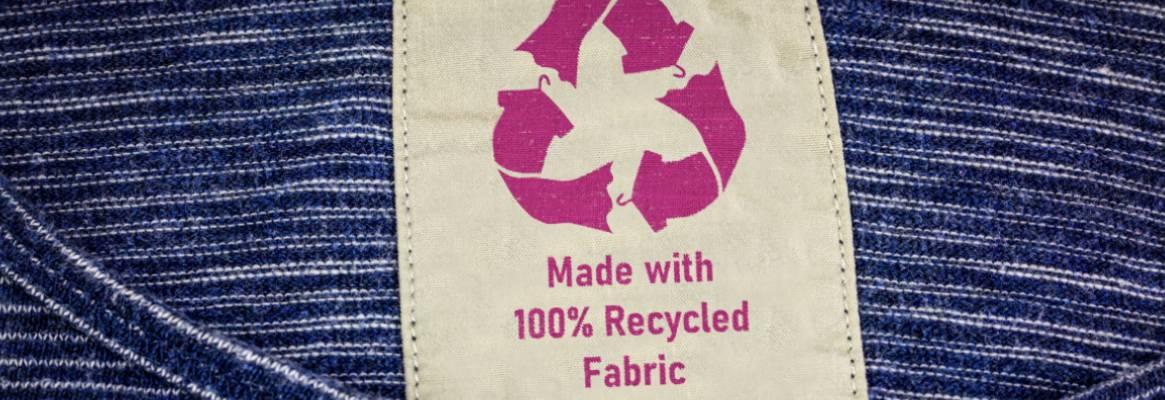India is one of the world’s largest players in the field of textile manufacturing. As per latest reports, the textile industry contributes 5 per cent to India’s GDP, 7 per cent of industrial outputs in value terms, 12 per cent of the country’s export earnings. However, the textile industry has time and again faced burning questions pertaining to environment, sustainability and social-corporate governance.
With new trends and ever-evolving fashion, it is believed that customers purchase more clothing than their needs and dispose off the garments. Worldwide, the average number of times a garment is worn before it ceases to be used has decreased by 36 per cent compared to 15 years ago as per an article in Forbes. This adds to the ever-growing burden of clothing waste. It was estimated that by the end of 2020, 18.6 million tonnes of clothing would have ended up in landfill. According to The Ellen Macarthur Foundation reports, over 150 million tonnes of clothing waste will clog landfills by 2050. This will not also impact oceans and water bodies.
The water consumption during manufacturing of garments has been a matter of concern where manufacturing of clothes creates over half a million tonnes of microfibre pollution that ends up in oceans. Half a million tonnes of microfibre are equivalent to 50 billion plastic bottles, each year. The good news is that many companies have taken this matter seriously and are working on finding solutions.
The increased demand for sustainability in manufacturing industry is changing the way companies run their businesses. The industry is changing and how! This change is seen across various companies where not only R&D and sustainability is given precedence but basic structure like textile value change is also witnessing a revamp. Sourcing of raw materials, processing, production and supply is done in compliance with norms set by the government and industry bodies. This also ensures fair pay/wages to workers in the textile industry.
When it comes to environment, most of the players in the textile industry have pledged to dedicate an entire unit/team to develop sustainable materials and more efficient processes to cut their consumption of water, electricity, chemicals and pesticides.
Many textile companies are now adopting newer and more unconventional methods of production and recycling. New innovative methods are being developed to minimise harmful waste discharged during the production process. The waste generated must be treated, neutralised, and reused. Moreover, companies are now shifting from traditional power source to renewable energy source for their factories. Denim fabric manufacturers are at the forefront of re-use and recycle. They reuse commonly discarded fabric waste and blend them with traditional raw materials to produce denim fabric. The raw material is blended with approximately 12-15 per cent of discarded textile waste thereby creating a sustainable impact on the environment.
Companies are implementing manufacturing practices which ensures reduction in carbon footprint and are investing in research & development to use sustainable raw materials to produce environment-friendly finished products. This is a sign of calculated progress that is sustainable and environment friendly.
Apart from this, many companies have gone beyond and taken up activities that have an overall impact on our ecosystem. Plantation of trees in and around industrial zones is one of the activities that overall improves the green cover in the area.
Thus, with the right mix of these big and small steps, the textile industry is heading toward a trailblazing change.










Comments